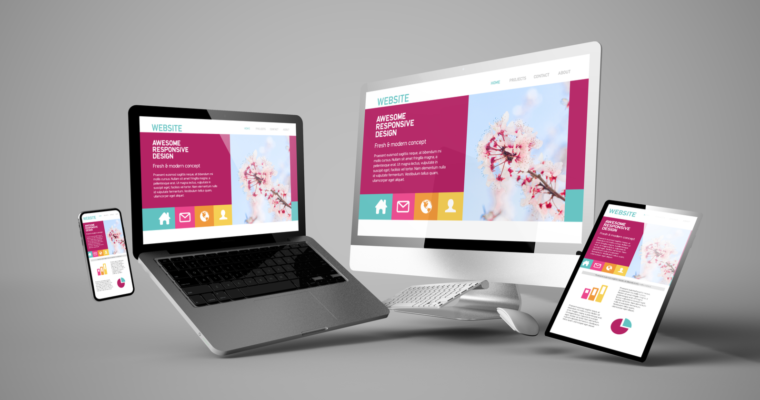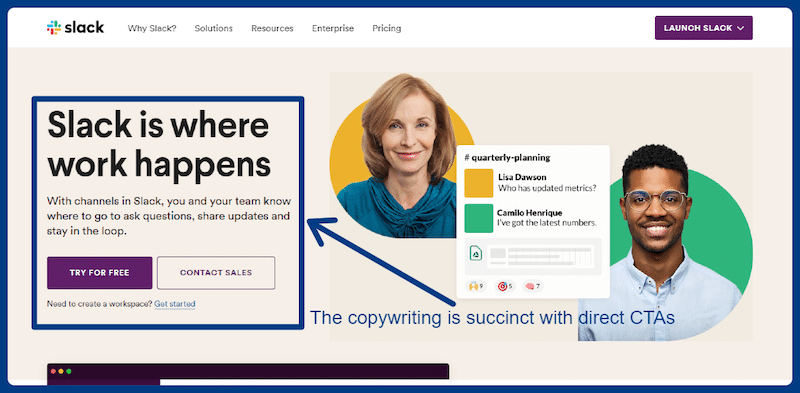
You need to make sure that your app is responsive to different screen sizes and orientations. Responsive apps automatically adjust their UI to accommodate available screen sizes and re-layout the user interface (UI) when the user's device changes orientation. It results in an app that is compatible with all devices. Continue reading to find out more.
Mobile web app
Mobile app responsiveness in web development is an important aspect. Nowadays, users expect a website to load in two seconds or less. Consumers become frustrated when web pages take a long time to load. By using code minification and CDNs to speed up load times, lightweight web applications can be more responsive. Designing a mobile app should emphasize the need to display only essential information and adhere to the "Don't Repeat Yourself" principle.
Because mobile web apps don't require approval from Apple App Store or Google Play, they are not only responsive but also reduce time to market. This app has been redesigned to be compatible with different devices. It is more socially-savvy and shareable. Responsive websites help to rank well in search results. Customers are also able to find products and service through shared links. It's a win/win situation for all businesses.

Progressive web app
Progressive web applications (PWAs), are hybrid responsive websites that offer app-like functionality. They don't require installation or download. It is reliable, takes up less memory, and often works faster than traditional responsive websites. It can be downloaded directly from the Internet and functions just like any website. PWAs can be equipped with hardware sensors that enhance the user experience. The benefits of both types of apps are equally compelling.
A progressive application can look and feel like a mobile native application. It should be built using an application shell model that requires very few page changes. Users should also find it easy to use offline, so they can access it from anywhere. You can install progressive web applications on your device's screen. When new content is released, they are immediately available and can be downloaded. They can have the same features that a native mobile application.
Flexible web app
Adaptive web apps are the new standard for mobile-friendly websites. These types of apps can automatically adapt to any screen size that is being used. They are not available in the app stores like traditional apps. This is a significant benefit as it allows websites to be accessible on any device, no matter the resolution. Despite their limitations, these apps can save a website's budget and improve user satisfaction.
An understanding of the device is essential to adapt a web-based application. It is impossible to create the same website for all devices. It is better to adjust the layout of your website according to different screen resolutions. This is the progressive enhancement technique. By starting with the oldest browsers, this strategy creates a website that works well on modern browsers.

Native mobile app
Native apps are software programs that run on mobile devices "live". A responsive design, however, can be adapted to any screen size. It is possible to change the layout based on screen size. It might also convert button-based to drop-down lists. While responsive apps can require manual updates in some cases, others are automatically updated.
Native apps cost more money and time than responsive websites. Native apps perform better and are therefore more efficient. Even though native apps are more effective, not everyone needs one. Most businesses, however, have a mobile-optimized web site. A responsive platform is a web platform that offers the same functionality, and is equally efficient for businesses. Native apps are a great way to create brand awareness, and responsive apps have many benefits.
FAQ
What platform is the best to design a site?
WordPress is the best platform when it comes to designing websites. It has all the features required to create a professional-looking website.
Themes are easy-to-install and customizable. There are thousands of themes online that you can choose from.
You can also install plugins to increase functionality. They allow you add buttons to social media and form fields, as well as contact pages.
WordPress is extremely user-friendly. To change your theme files you don't need HTML code. All you need to do is click on an icon and select what you want to change.
Although there are many platforms out there, I prefer WordPress. It's been around since the beginning and is still being used by millions of people worldwide.
Is WordPress a CMS?
Yes. It's called a Content Management System. CMS is a way to manage your website content without having to use an application such Dreamweaver/Frontpage.
WordPress is free! Other than hosting, which you usually get from your ISP.
WordPress was originally designed to be a blogging platform. However, WordPress now offers many options including eCommerce sites and forums, membership websites, portfolios and portfolios.
WordPress is simple to install and configure. The installation file must be downloaded from the website and uploaded to your server. Next, simply go to your domain name via your web browser and log into your new site.
After installing WordPress, register for a username/password. Once you have logged in, a dashboard will appear where you can view all of your settings.
From here, you can add pages, posts, images, links, menus, widgets, and plugins. If you are comfortable creating and editing content, you can skip this step.
If you prefer to work with a professional web designer, you can hire them to manage the entire process.
What is a "static website"?
You can host a static website anywhere you like Amazon S3, Google Cloud Storage and Windows Azure Blob storage. Rackspace Cloud Files, Rackspace Cloud Files. Dreamhost, Media Temple. You can also deploy static sites to any platform that uses PHP, such WordPress, Drupal Joomla! Magento PrestaShop.
Static web pages are generally easier to maintain since they don't constantly send requests back-and-forth between servers. Static web pages load faster since there are no requests between servers. Because of this, static web pages are often more suitable for smaller businesses that don’t have the resources or time necessary to manage a website.
Statistics
- The average website user will read about 20% of the text on any given page, so it's crucial to entice them with an appropriate vibe. (websitebuilderexpert.com)
- At this point, it's important to note that just because a web trend is current, it doesn't mean it's necessarily right for you.48% of people cite design as the most important factor of a website, (websitebuilderexpert.com)
- Is your web design optimized for mobile? Over 50% of internet users browse websites using a mobile device. (wix.com)
- It enables you to sell your music directly on your website and keep 100% of the profits. (wix.com)
- Did you know videos can boost organic search traffic to your website by 157%? (wix.com)
External Links
How To
How can I choose the right CMS for me?
There are two types of Content Management System. Web Designers can choose between static HTML or dynamic CMS. WordPress is the most well-known CMS. Joomla is a great CMS to use if you want your website to look professional and well-organized. A powerful open-source CMS allows you to implement any website design without coding knowledge. It's easy to install and configure. Joomla is available in thousands of pre-made extensions and templates so that you don't have the need to hire someone to develop your site. Joomla is free to download. Joomla is a great choice for your project.
Joomla is a powerful tool that makes it easy to manage all aspects of your website. Joomla offers many features, such as a drag and drop editor, multiple templates support, image manager blog management, news feed, eCommerce, and a blog management. All these features make Joomla a good choice for anyone who wants to build their website without spending hours learning how to code.
Joomla supports nearly all devices. This is a great feature. You can easily create websites for multiple platforms with Joomla.
There are several reasons why people prefer Joomla over WordPress. There are many reasons people prefer Joomla over WordPress.
-
Joomla is Open Source Software
-
Easy to Install and Configure
-
Thousands of Ready-Made Templates and Extensions
-
Download and use this free software
-
All Devices Are Supported
-
These powerful features are available
-
A great support community
-
Very secure
-
Flexible
-
Highly customizable
-
Multi-Lingual
-
SEO Friendly
-
Responsive
-
Social Media Integration
-
Mobile Optimized